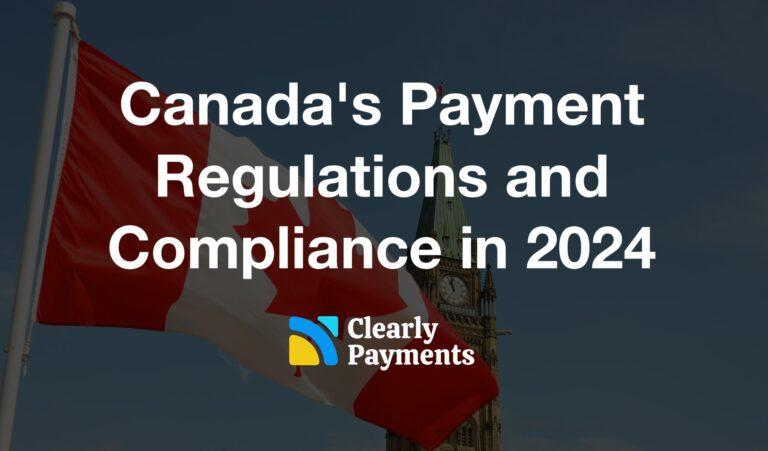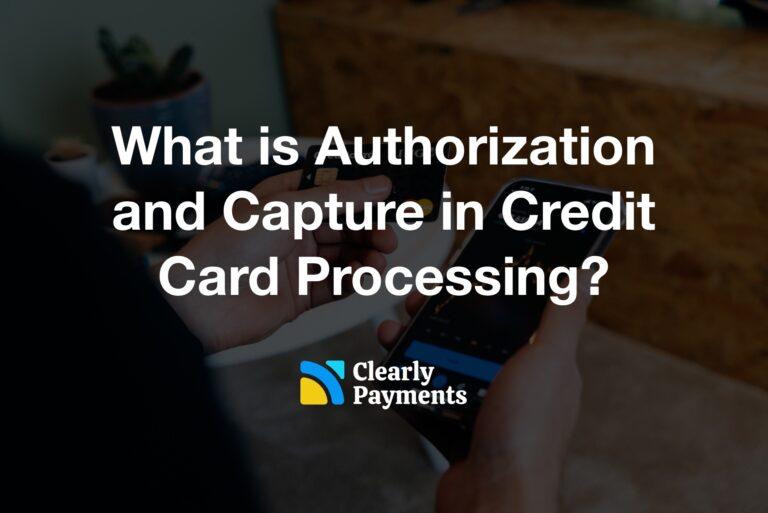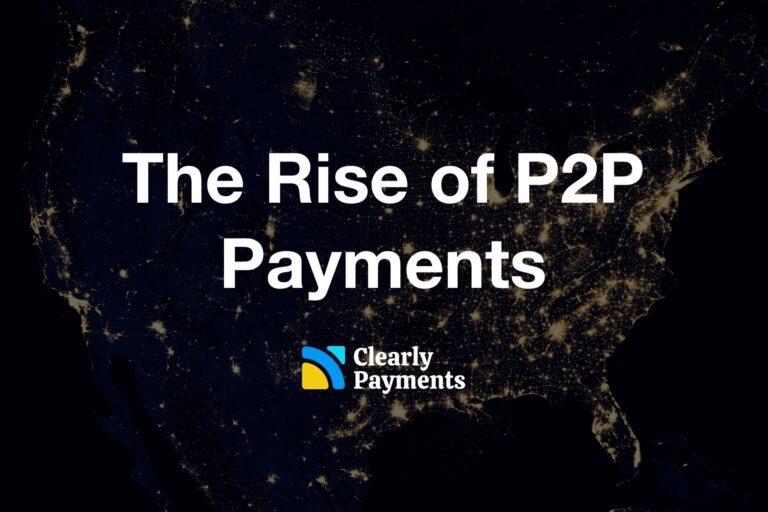Merchant Discount Rate (MDR) sounds like a good thing. Who doesn’t want a discount? But the term is highly misleading. Watch out. When you hear MDR from your payment processor, think hidden fees.
What is a merchant discount rate (MDR)?
There are several pricing models in payments and MDR is used in the “tiered” pricing model. MDR is the base price, paid by a merchant to a bank, for accepting credit card payments from their customers. The MDR is typically between 1.2% and 2.9%.
You need to know that the MDR is not the total amount you pay for payment processing. It is the base price. There are always other fees on top of the MDR.
The misleading part of MDR
Payment processors that use tiered pricing may quote you with an MDR of 1.5% which sounds great. That’s a good rate. Merchants will sign up thinking they got the great rate of 1.5%. The massive “BUT” is that there are only a few types of transactions where a merchant will even get close to the MDR. Those are generally card-present transactions (i.e. no online, no virtual terminal, etc), using chip-and-pin, with a customer that is using the most basic of credit card types (i.e. no rewards cards, no corporate cards, etc.). That’s in the fine print many merchants don’t read. You can call those “hidden fees”.
It’s almost certain that more than 50% of your transactions will not qualify. The transactions that don’t “qualify” have what’s called a non-qualified surcharge added. This may be an extra 1% or even 2%. What also makes this unfair is that each payment processor controls what transaction goes into what qualification rate, making it difficult to do a price comparison between providers. The solution is to move away from tiered or MDR pricing.
TRC-Parus has not once priced a customer with an MDR, nor has it ever given a non-qualified surcharge. We’re allergic to them. Most payments experts believe that if your company is using tiered pricing, you are almost certainly paying too much.
The best payment processing pricing for merchants
There are three models that are friendly to merchants that makes it very difficult to have hidden fees and makes it easier to price shop.
- Flat fee: Here you get a set percentage and a transaction fee, something like 2.6% and $0.08 per transaction. That’s pretty transparent.
- Interchange plus: rates are passed through to the merchant straight from Visa and MasterCard with a fixed markup such as 0.20% added by the payment processor. This is one of the most merchant-friendly methods and is generally cheaper than flat fee pricing.
- Membership model: Merchants pay a fixed monthly fee, such as $99, which gives them access to full pass-through rates from Visa and MasterCard. This is ideal for merchants that process larger amounts. The more you process, the lower your effective rate you’re paying. TRC-Parus is the first payment processor to offer membership pricing in Canada.
TRC-Parus offers the above three models and we will help you get set up on the cheapest payment processing. Get started now.




